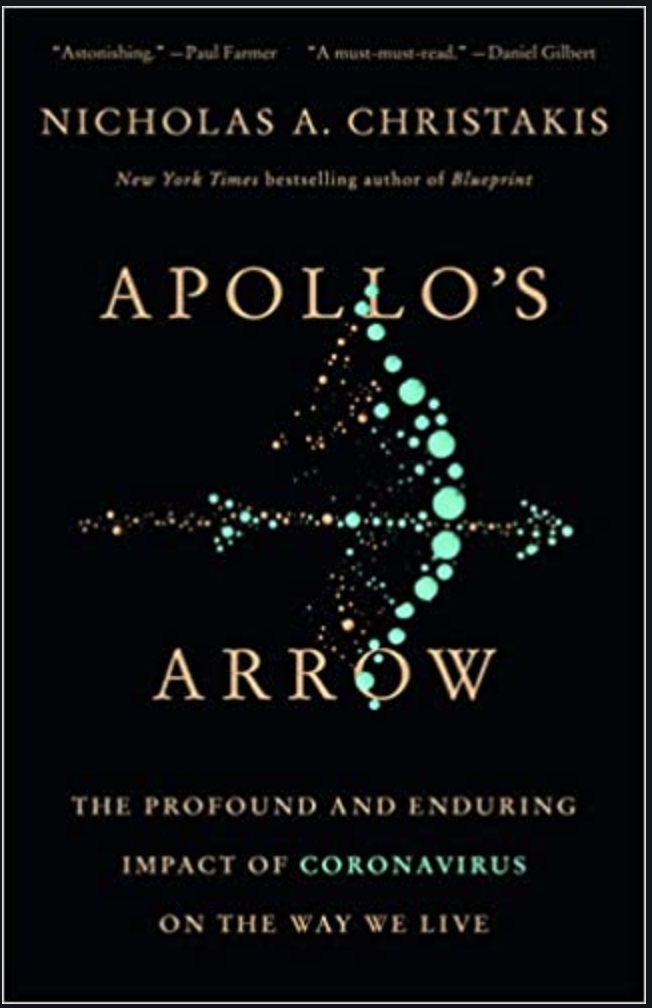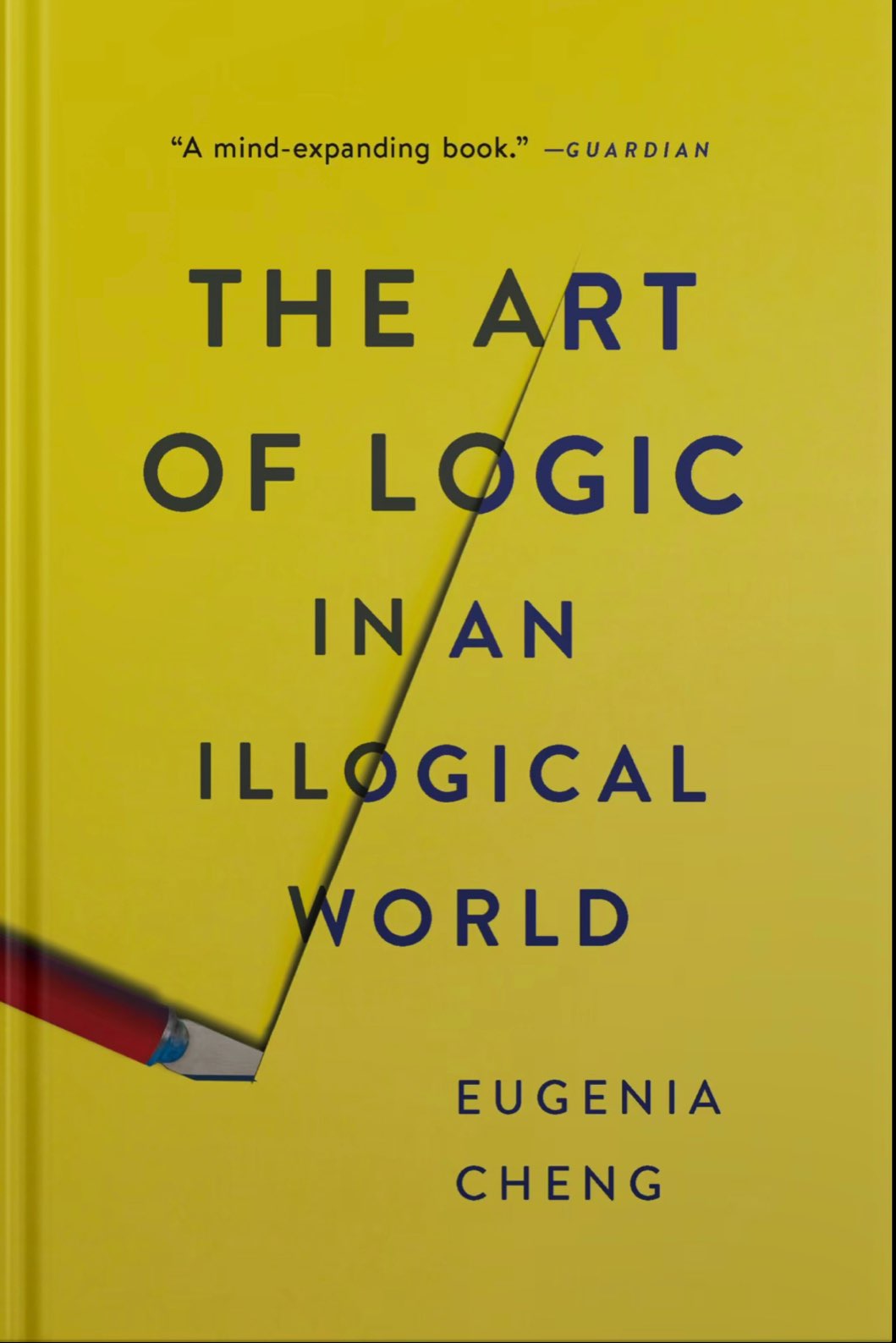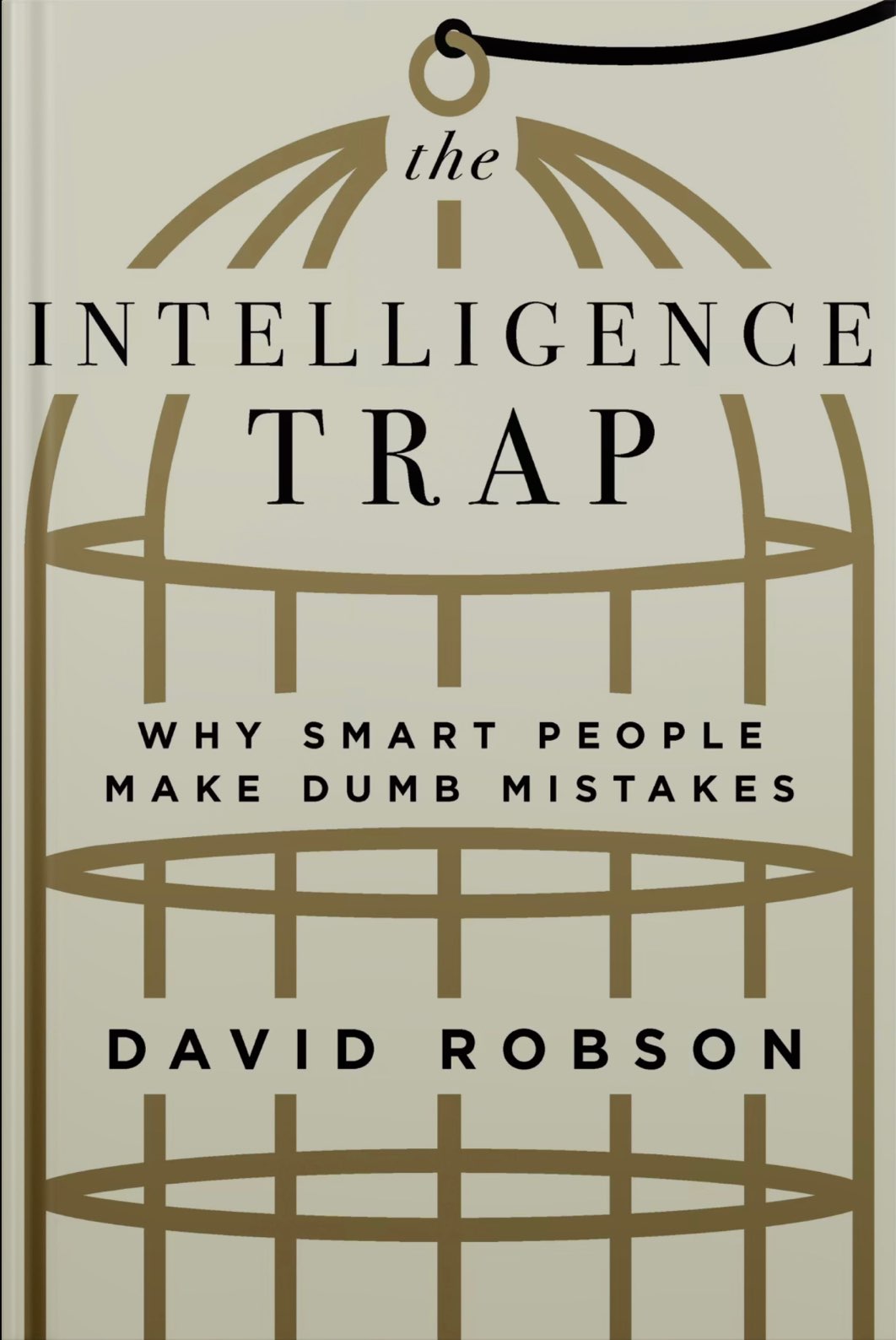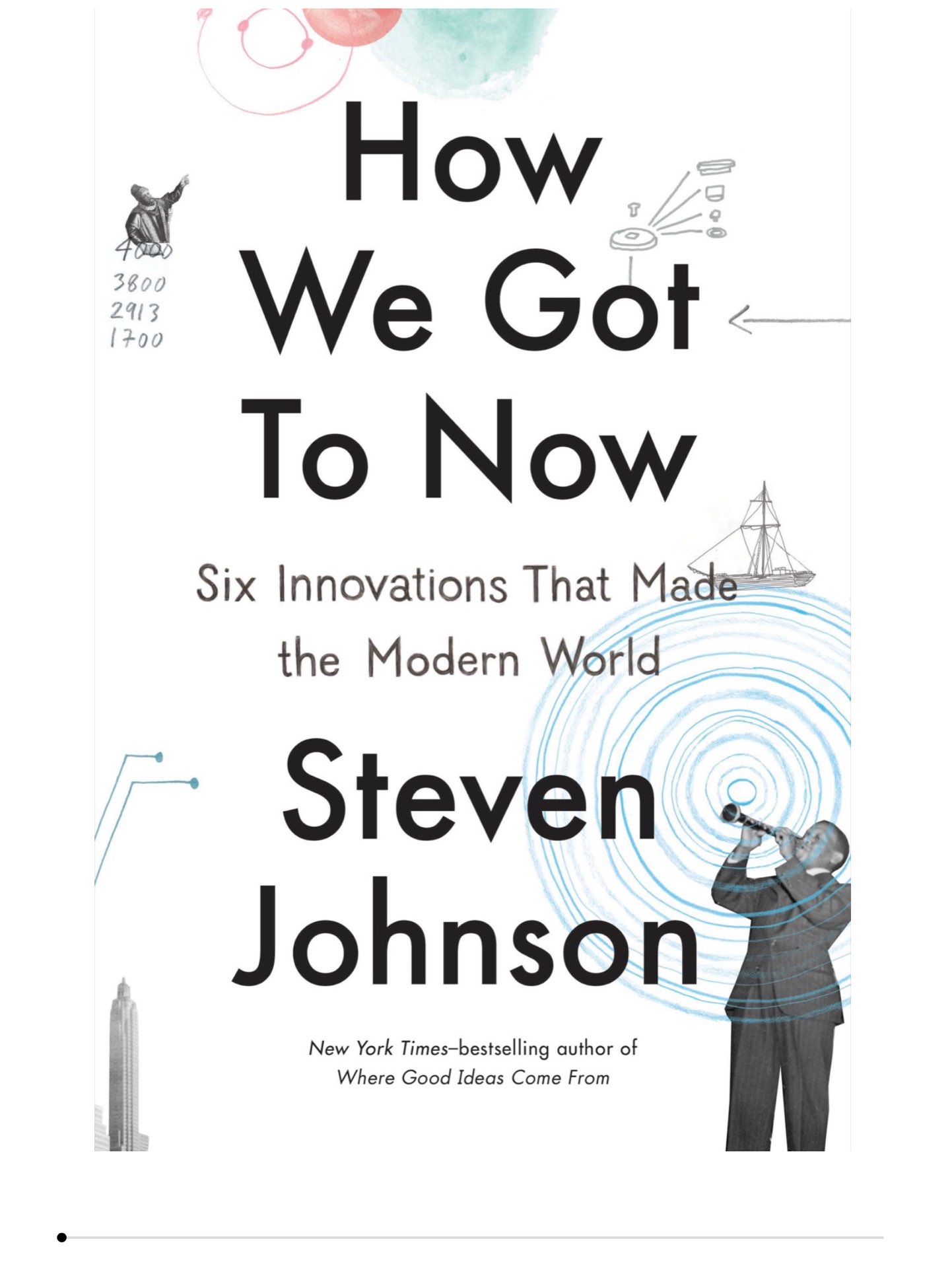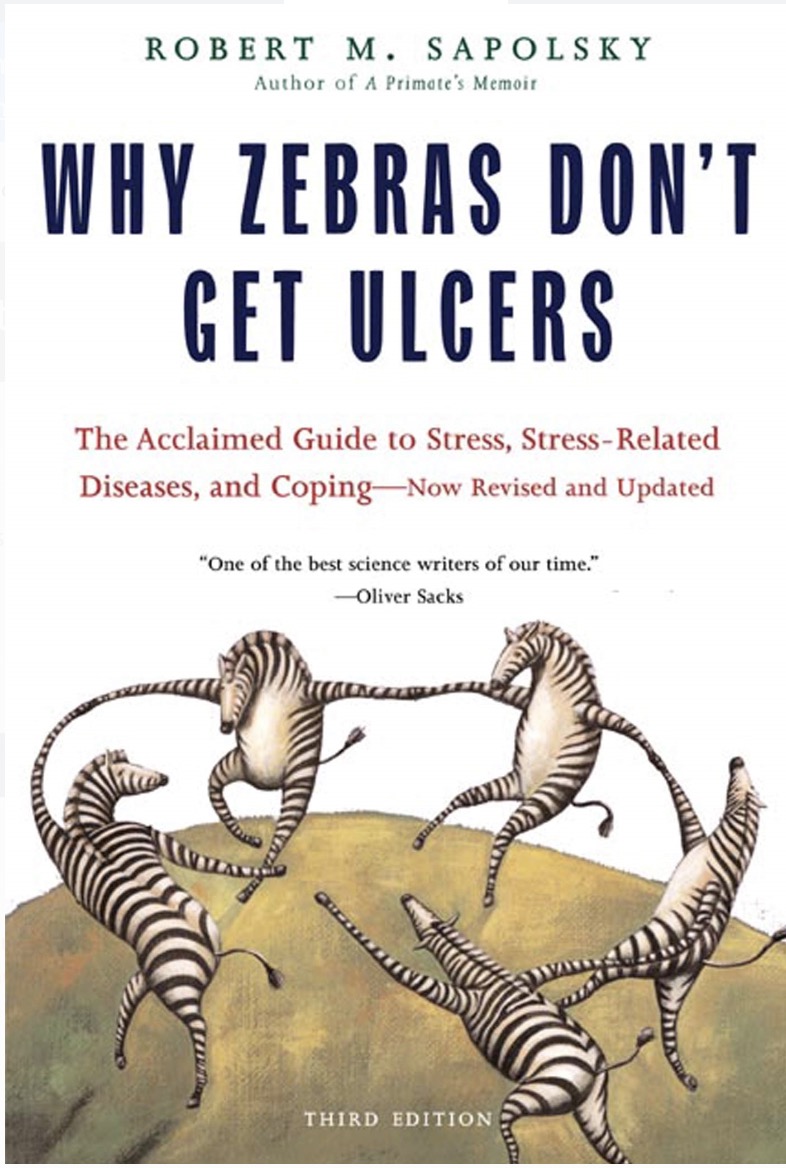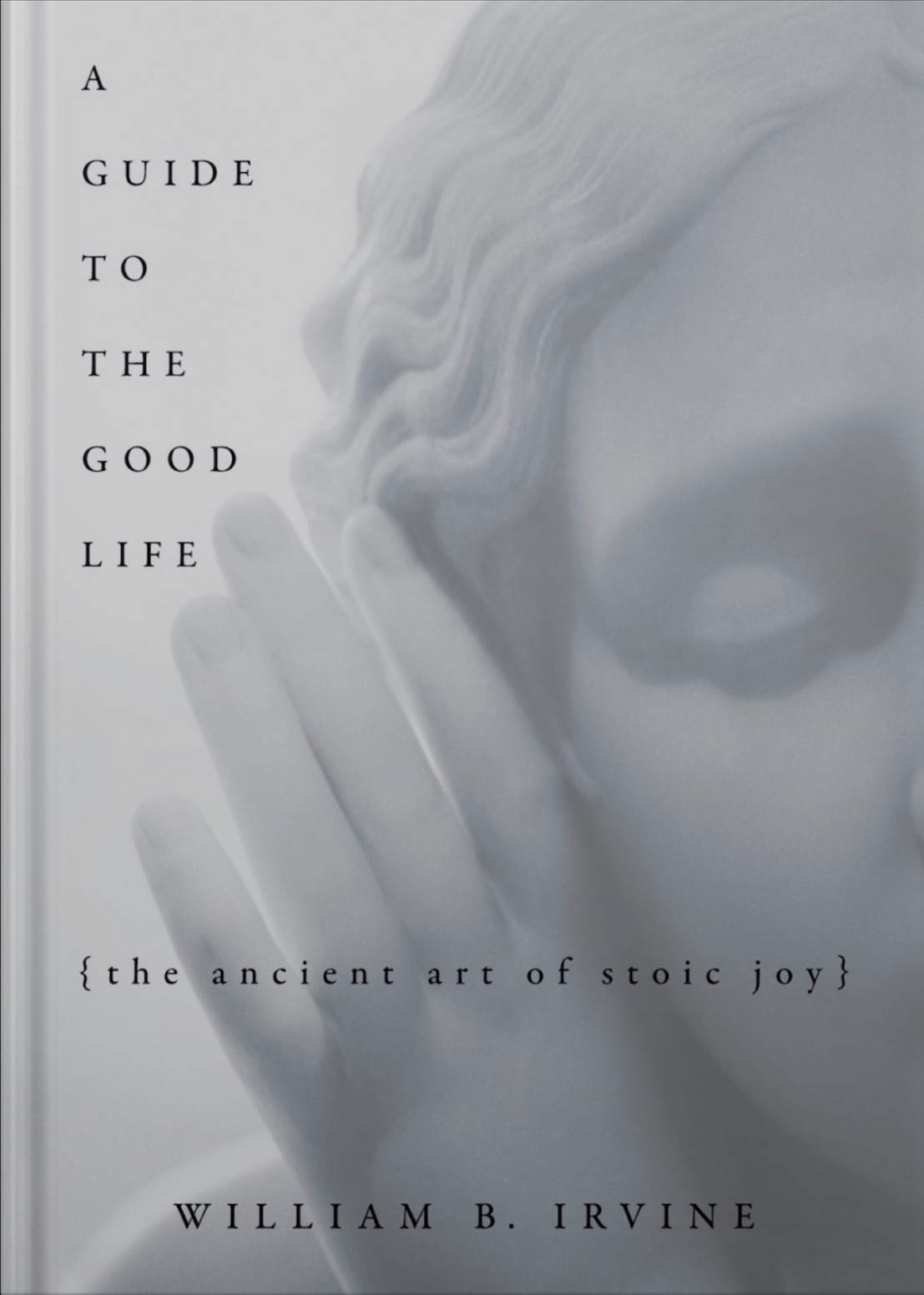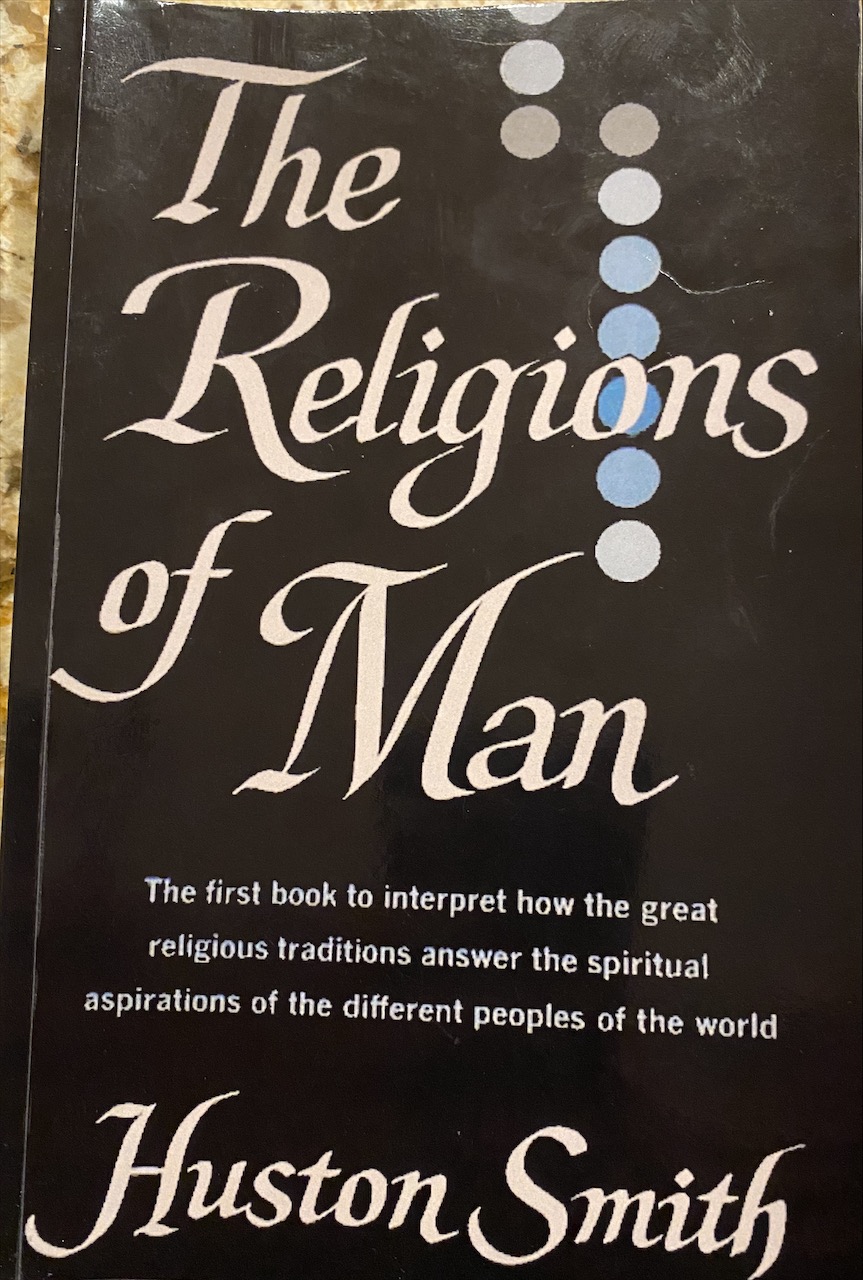Nicholas is a renowned doctor and sociologist who has done some great research into Covid-19 and other pathogens. His research is detailed enough to show the map of rooms on the 9th Floor in the Hotel Metropole to show how the spread of the virus was fairly unpredictable. (who will get it and who will not).
He gets into some interesting descriptions of why people resort to not believing science or how pandemics end. How pandemics bring the worst out of humans and also the best out of humans. He also details how pandemics – this being no exception – mostly highlight and heighten inequality.
But mostly, he gives a gripping day by day account of what happened in the early stages of 2020 when we were learning about the virus for the first time.
A fascinating paragraph from the book:
“It is not clear why human beings should be favored to win against microbes in an evolutionary arms race. Microbes have been around a lot longer than humans, are far more numerous, do not mind dying and can mutate rapidly, evading our defenses.”
Some of the things you will learn about pandemics and pathogens:
1. Concept of IFR and CFR (infection fatality rate and case fatality rate) as well as RE and R0 (called R naught) to understand how bad a virus can be.And how the value of R0 defines what percentage of the population need to get vaccinated to reach herd immunity.
2. There are only seven types of coronavirus that infect humans. Four of them cause common cold!
3. SARS-1 was fundamentally different from SARS-2 since a SAR-1 patient could not infect BEFORE being symptomatic. (mismatch period was virtually 0)
4. Future mutations of virus get increasingly WEAKER not stronger. Due to Darwinian evolutionary pressures, it is AGAINST the interest of the virus to kill the host. It simply wants – like everybody else – to multiply and spread.
5. Irony in our education – we dedicate pages after pages in history books for wars – like World War 1 – and none for pandemics like the 1918 influenza. Yet the latter killed far more people than the former!!
6. The term “quarantine” goes back to the days when ships were kept offshore for 40 days in case there was an infection onboard. The number 40 has many references in the Bible (e.g. the flood that had Noah building the ark lasted 40 days)
7. Contrary to what most people think, medicine has actually played a surprisingly small role in the decline of most infectious diseases across time. In fact a vaccination was always found decades after the peak of deaths. We managed with socioeconomic improvements and public health measures
8. The book predates the Covid-19 vaccine. First time in our history, we have managed to find a medical solution (vaccine) with the pandemic barely completing a year. This once, medicine WILL play a big role in the decline of deaths. Which made me think – could it be that as we get into more respiratory pandemics (about once every 20 years), we will find medical solutions in a matter of a couple of months – ultimately technology triumphing the microbes?
9. While most pandemics are U shaped (if you plot age on X-axis and fatality on Y axis) or L shaped (and in some cases W shaped) – Covid-19 has been an exception in the sense, it is J shaped (fatality rises sharply at the older ages).
10. The author predicts that our practice of shaking hands in the Western world will go the way of spittoons in movie halls and cigarette smoking in airplanes.
11. The reason why we had toilet paper shortages is not entirely explainable by hoarding. In fact, in a 24 hour day, taking away 8 hours of sleep, with no office to go to, time spent in home doubled (from 8 to 16). Increasing demand for TP in every home by a factor of two (moved the demand from office bathrooms to home bathrooms). But the supply chain for paper products to home versus office are completely different and it takes a lot of time to switch!
12. 38% of Americans believe that God created humans in their present form sometime in the last ten thousand years! Over 25% Americans believe that the sun revolves around the earth!! And 61% cannot identify Big Bang as the origin of the universe.
13. All modern plagues are zoonoses coming to us from wild animals. Our other major contagious diseases (smallpox, TB, measles etc) came to us from animals we have domesticated.
Anyways, I hope you will enjoy it as much as I did. Two thumbs up for this book.
